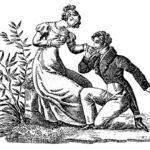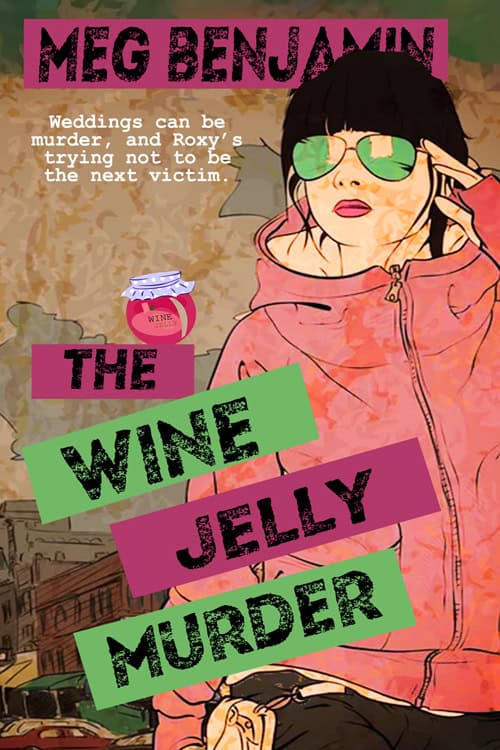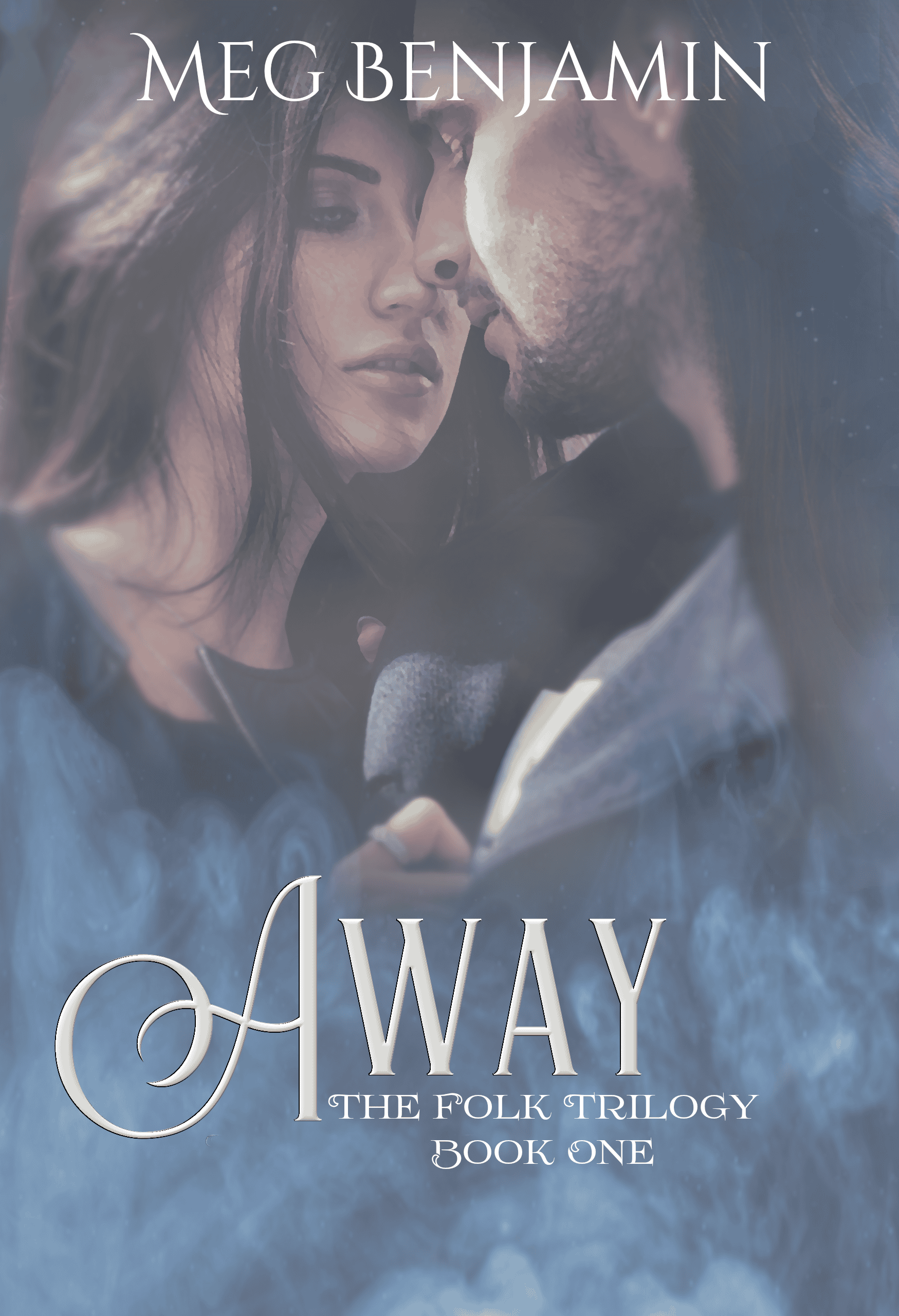Doing Sex, Historically
 Now that I’ve got your attention, as they used to say… Romance novels have sex scenes. That’s not a big revelation to those who read and write romance. But some writers have an easier time of it than others. Assuming your hero and heroine are consenting adults, in contemporary romance you can usually work a sex scene into the plot. Historical writers, on the other hand, have to use a lot more ingenuity in inserting a sex scene, which is one of the reasons I enjoy reading historical romances. Dealing with periods in which extra-marital sex is regarded as social suicide and in which women were tasked with maintaining their chastity at all costs makes sex scenes that much more difficult, and that much more interesting.
Now that I’ve got your attention, as they used to say… Romance novels have sex scenes. That’s not a big revelation to those who read and write romance. But some writers have an easier time of it than others. Assuming your hero and heroine are consenting adults, in contemporary romance you can usually work a sex scene into the plot. Historical writers, on the other hand, have to use a lot more ingenuity in inserting a sex scene, which is one of the reasons I enjoy reading historical romances. Dealing with periods in which extra-marital sex is regarded as social suicide and in which women were tasked with maintaining their chastity at all costs makes sex scenes that much more difficult, and that much more interesting.
Take regencies, my favorite kind of historical. Unless the hero is a true cad, which is a contradiction in terms, he won’t attempt to seduce a woman he knows is a virgin—it simply isn’t done. Ergo the easiest way to set the hero and heroine up for sex is to make the heroine a widow. Not a grief-stricken one, since she needs to fall for the hero, but a woman with sexual experience. In this case, the writer just has to figure out the exact circumstances in which hero and heroine can get together, something considerably easier than trying to figure just what would make an unmarried woman risk possible ruin.
Unmarried women aren’t always virgins, of course, even in regencies. Another standard trope is the heroine as a woman who’s been seduced and abandoned. In this case, the hero not only has to woo the heroine, he has to convince her that he’s worth her trouble—these women have a justifiably jaundiced view of men in general.
If the heroine actually is a virgin, the writer has an even more difficult task. Often, the virginal heroine ends up being interested in having sex for her own reasons, like advancing age or the conviction that she’ll never be married and this is her best chance to see what sex is like. Usually the hero has no idea what she’s about, in which case he can be justifiably annoyed when he discovers the truth of the heroine’s virginal status. However, unless the hero is a cad (which he isn’t—see above), sex with a virgin leads promptly to an offer of marriage, which means the writer has to devise reasons why the heroine doesn’t want to accept or wants to accept but is somehow prevented from doing so, which keeps the plot spinning.
As I say, it’s always fun to see how historical writers work through these conventions. One of my favorite writers, Grace Burrowes, actually has done versions with all of them. Other novelists play around with the conventions. The heroine of Mary Balogh’s Seducing an Angel is both a widow and a virgin (it makes sense—trust me). The heroine of Loretta Chase’s Don’t Tempt Me is simultaneously virginal and far more experienced than she should be. But in all cases, historical writers have to keep the social conventions of the time in view. Historical sex is never easy, and the hero and heroine can never treat it as if it were.
Those of us who write contemporary books do have it easy. Our hero and heroine can have sex whenever they want to (and they frequently seem to want it a lot). Historical writers have to work for it. And that’s what makes their books so much fun.
Posted in Blog, On Writing • | Be The First To Reply!







